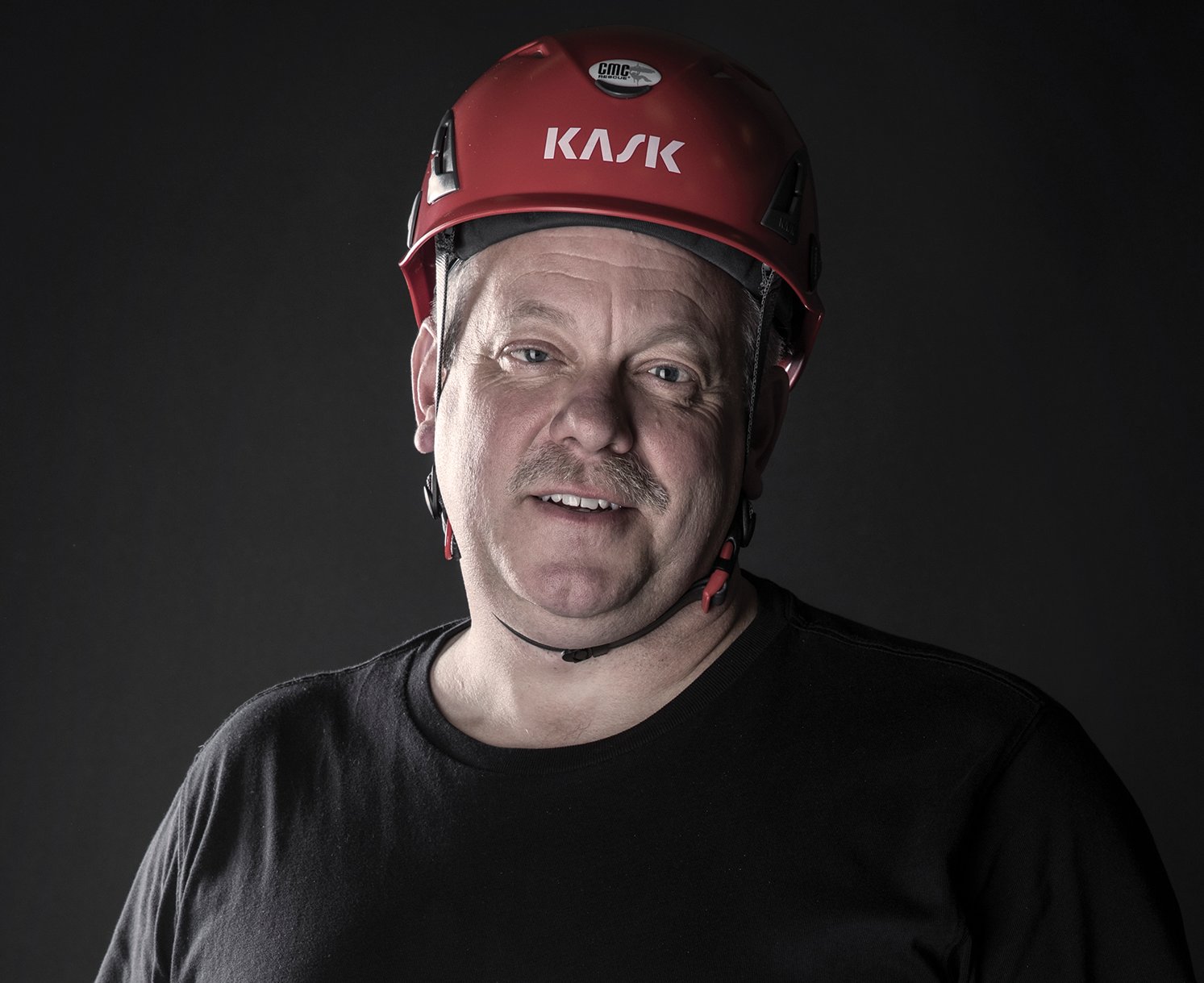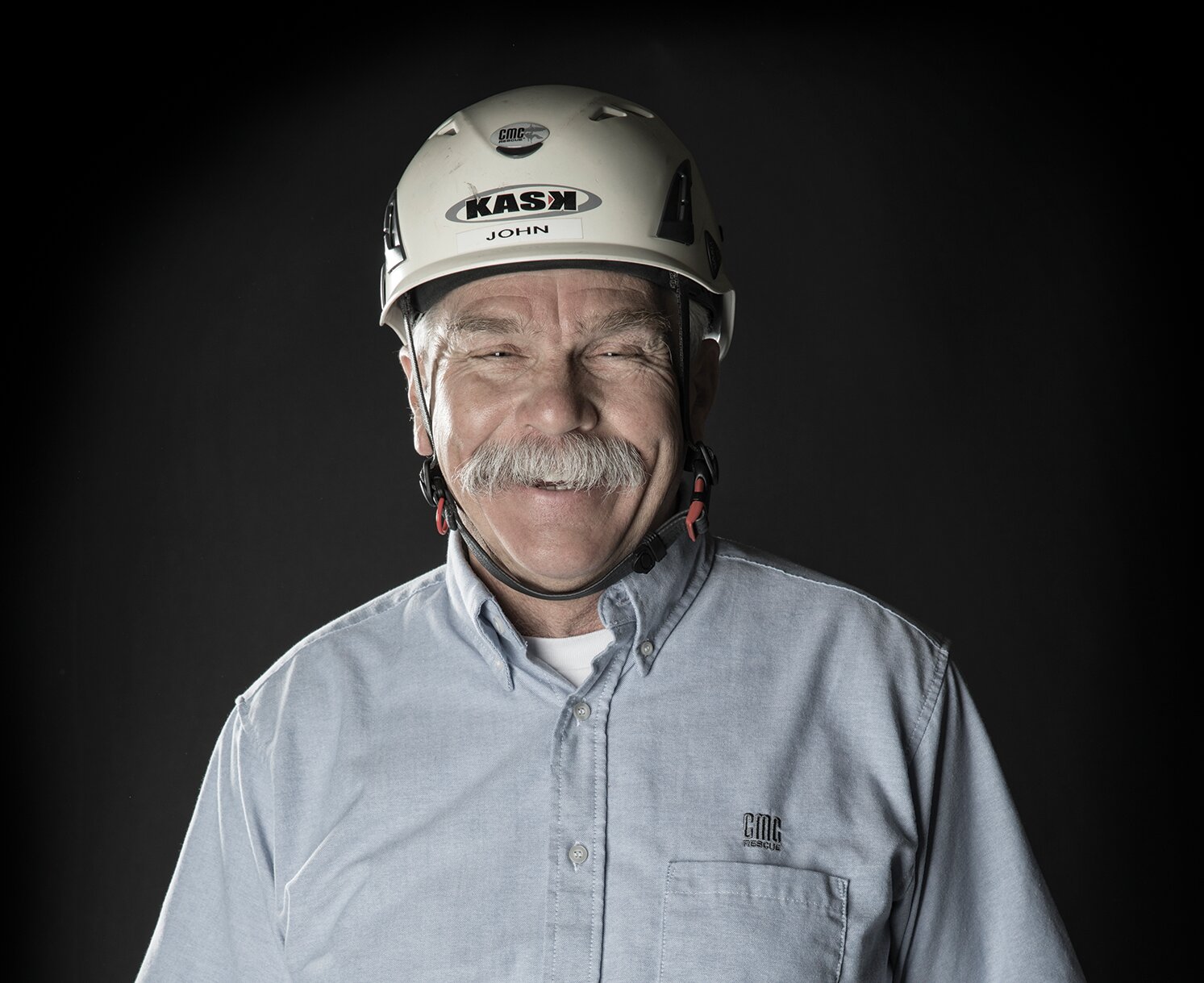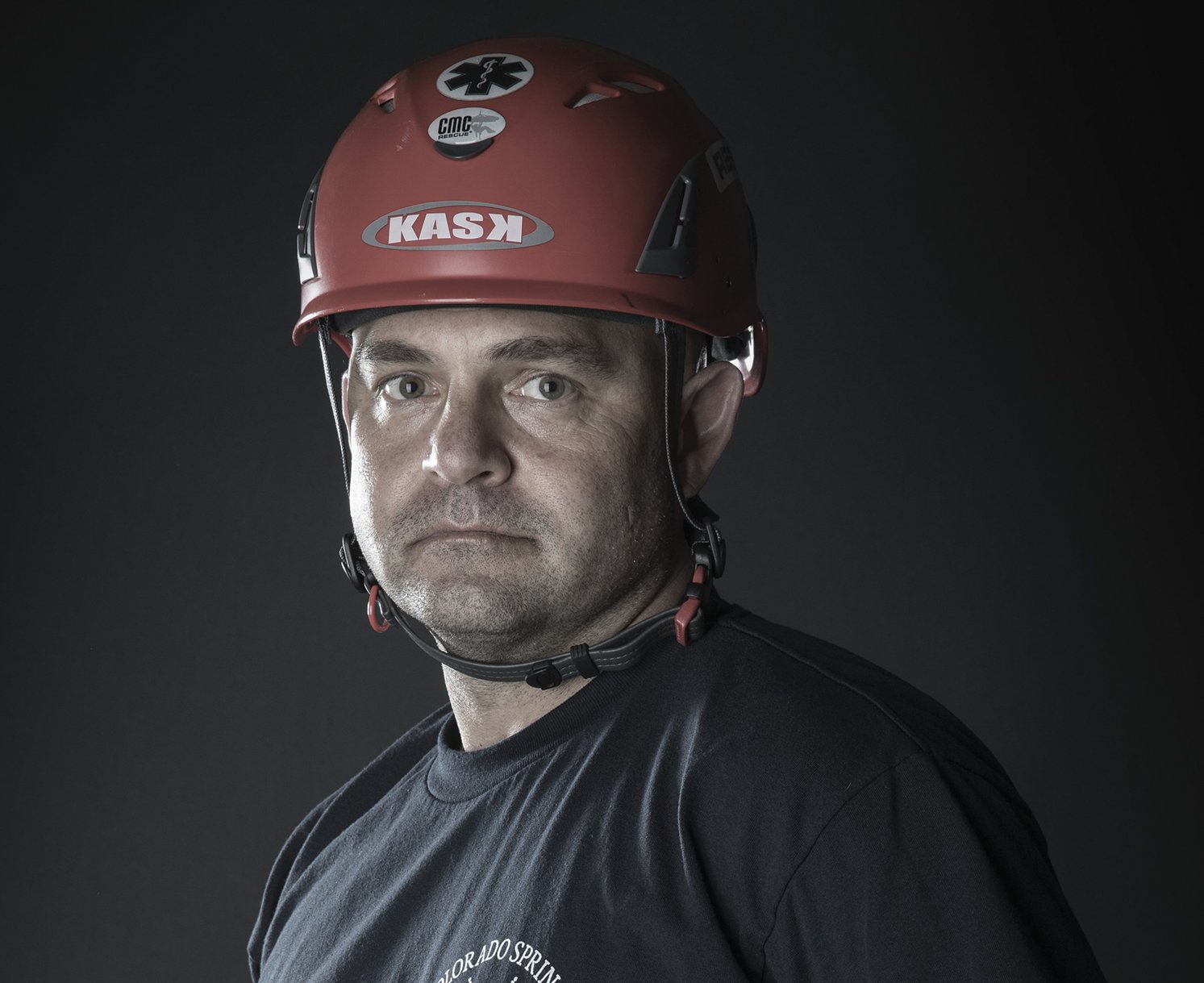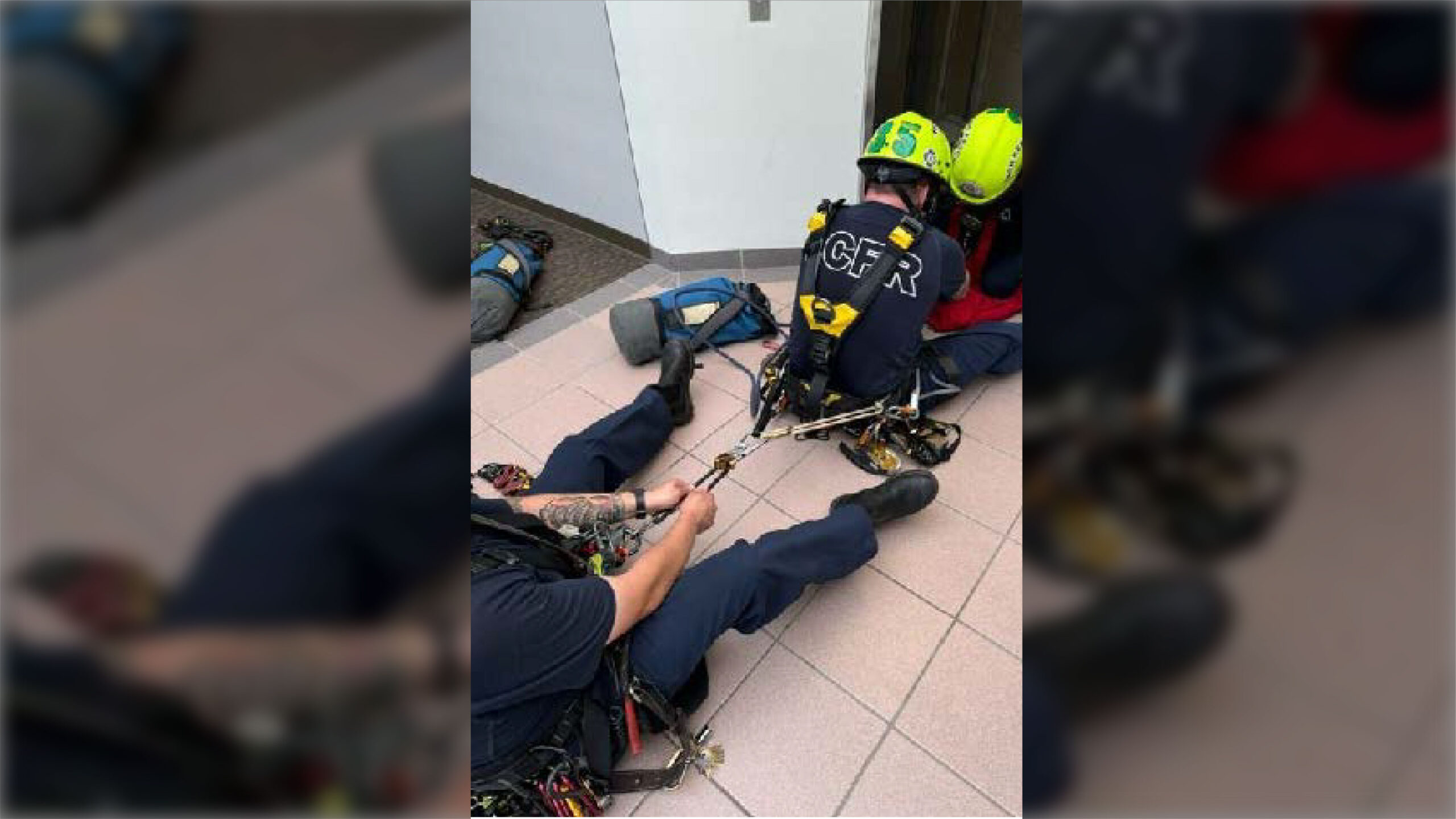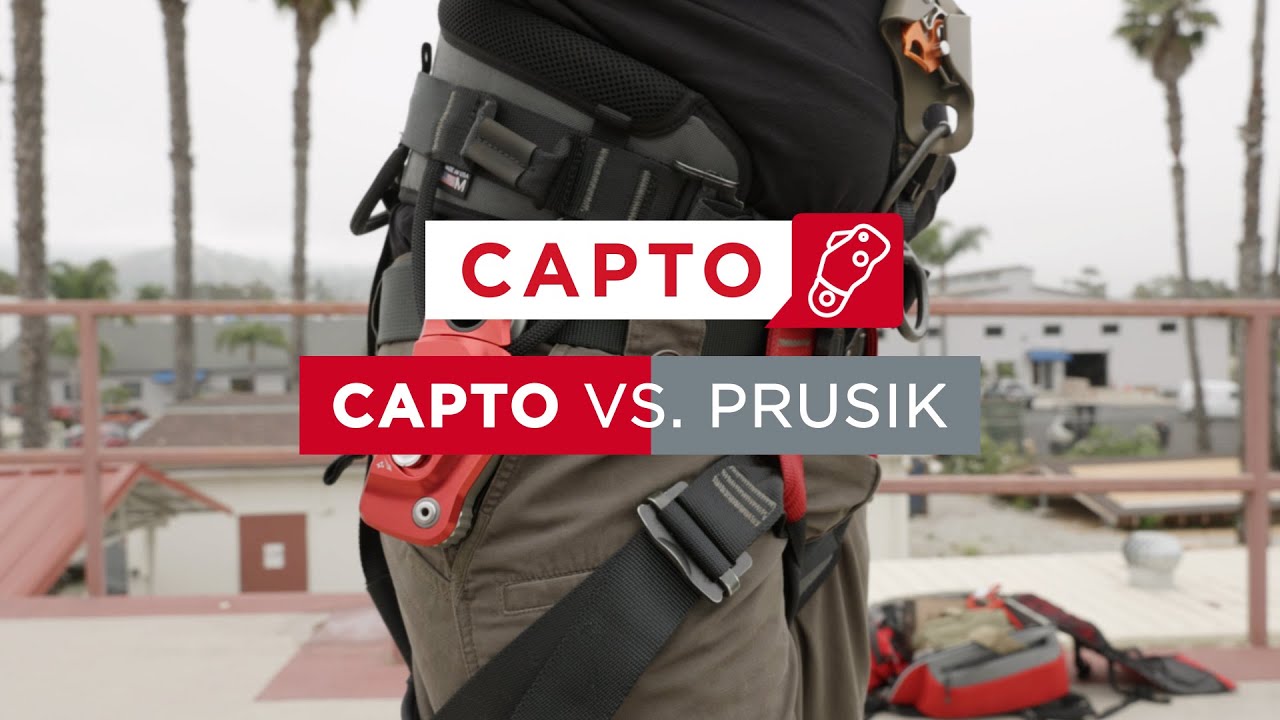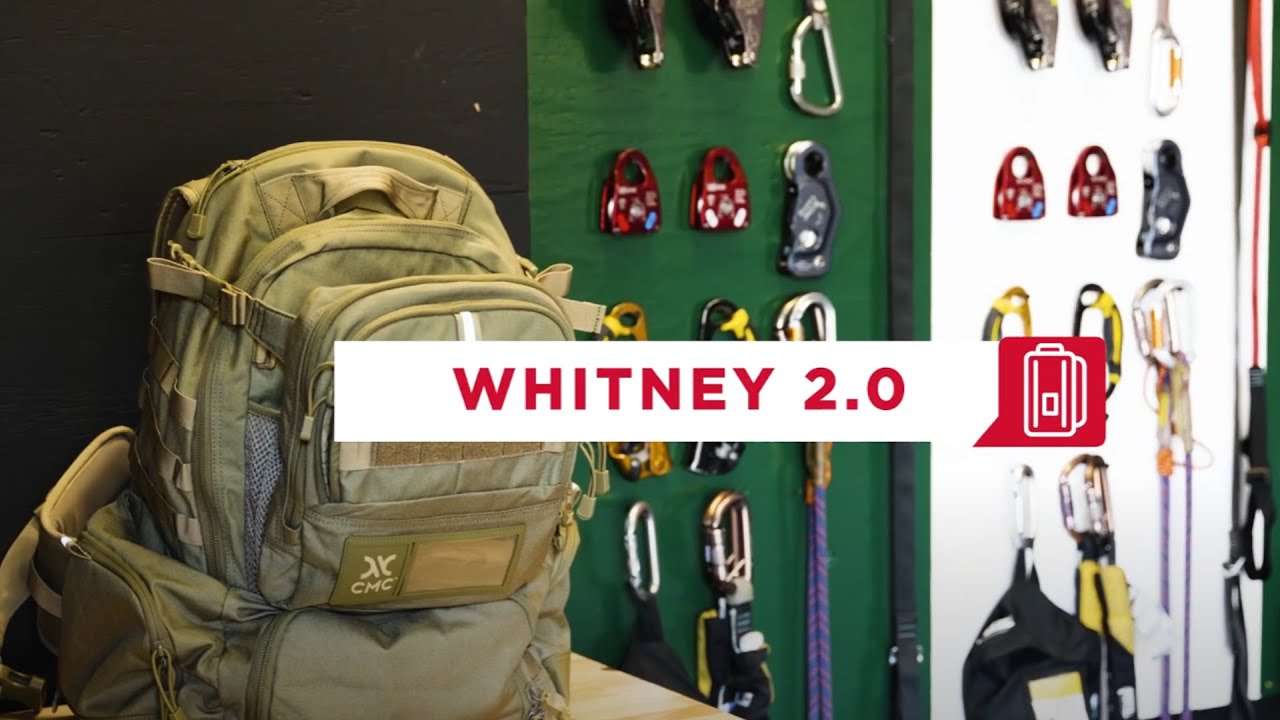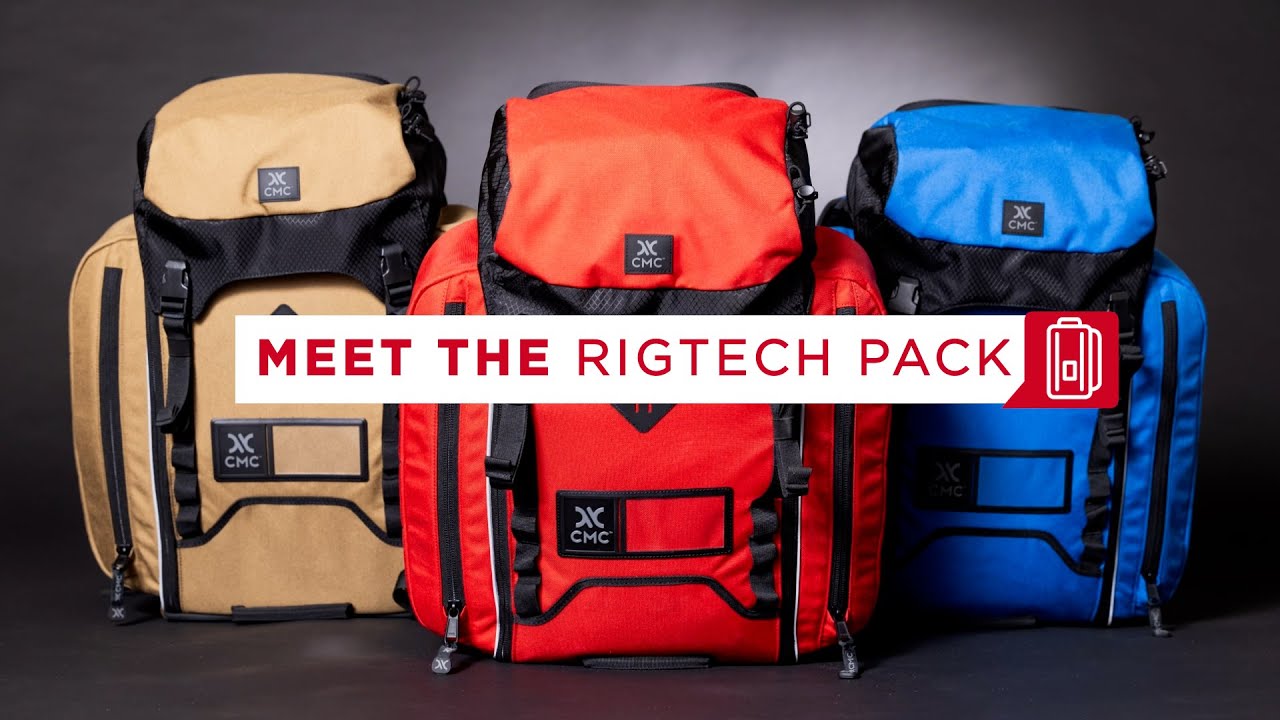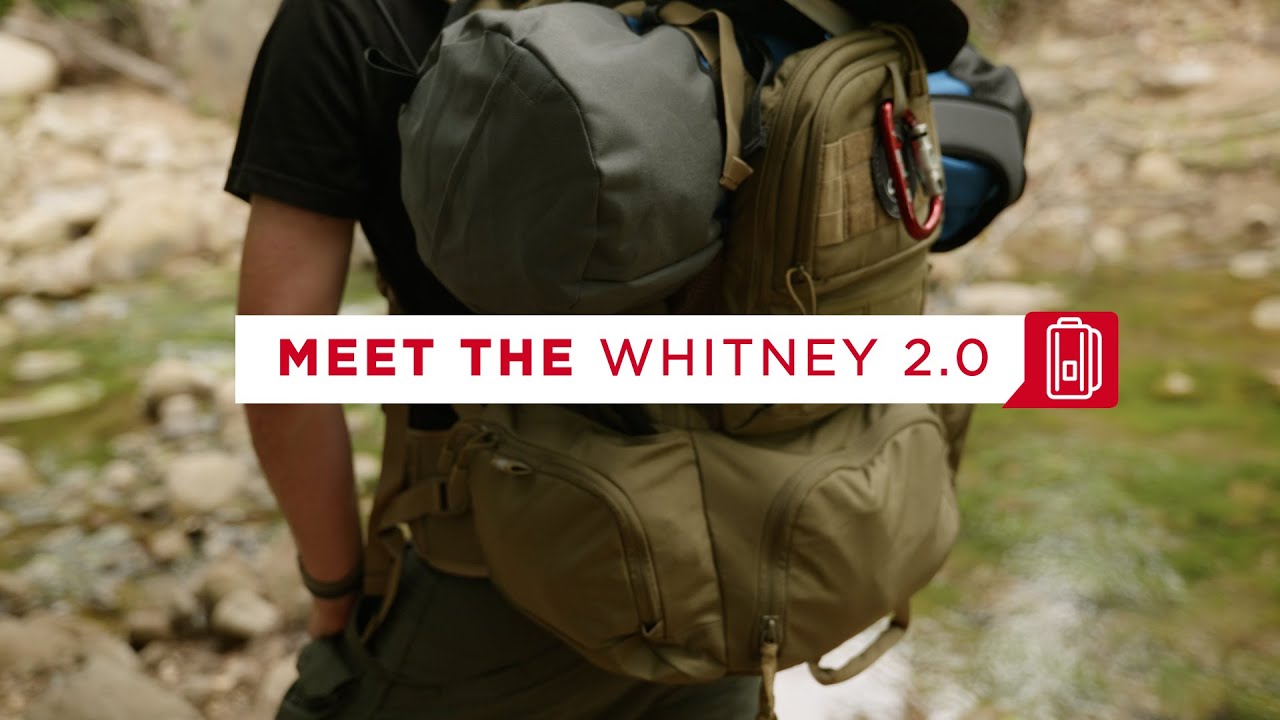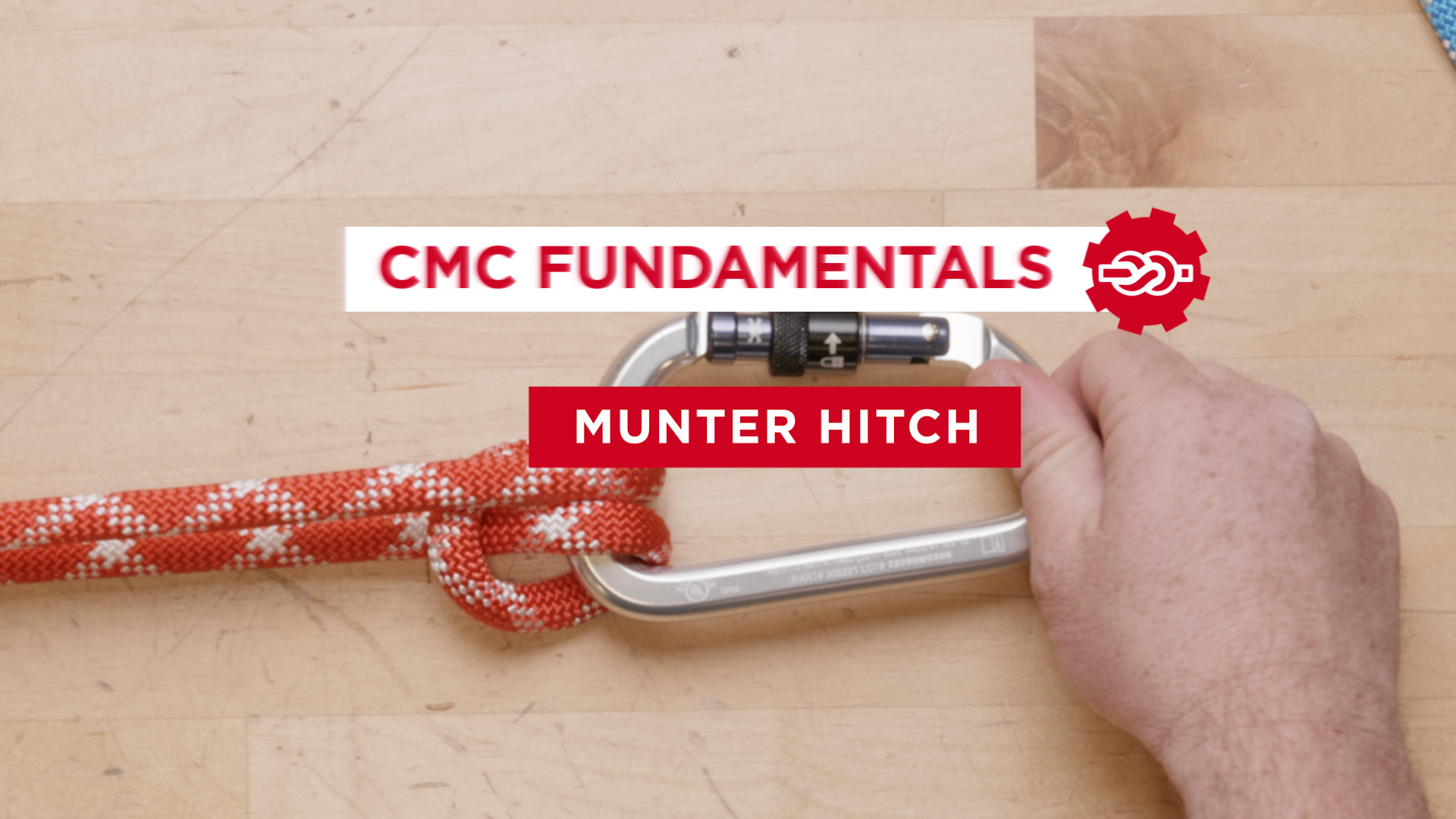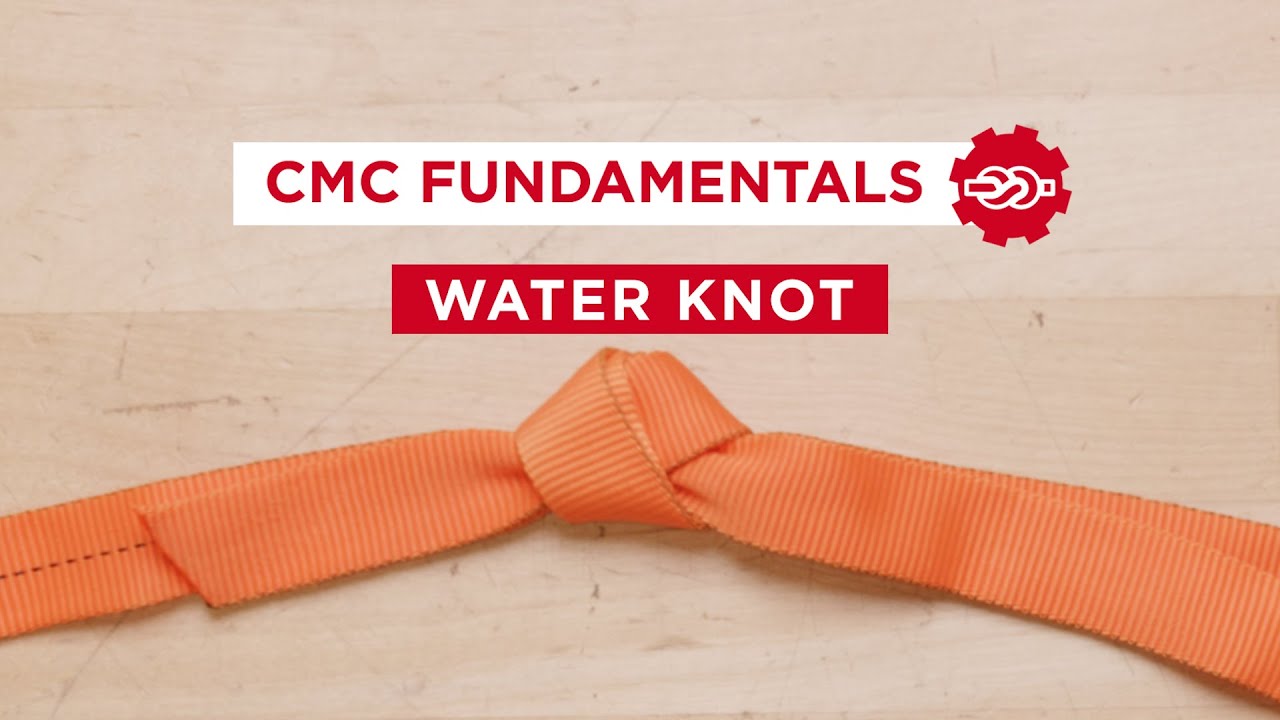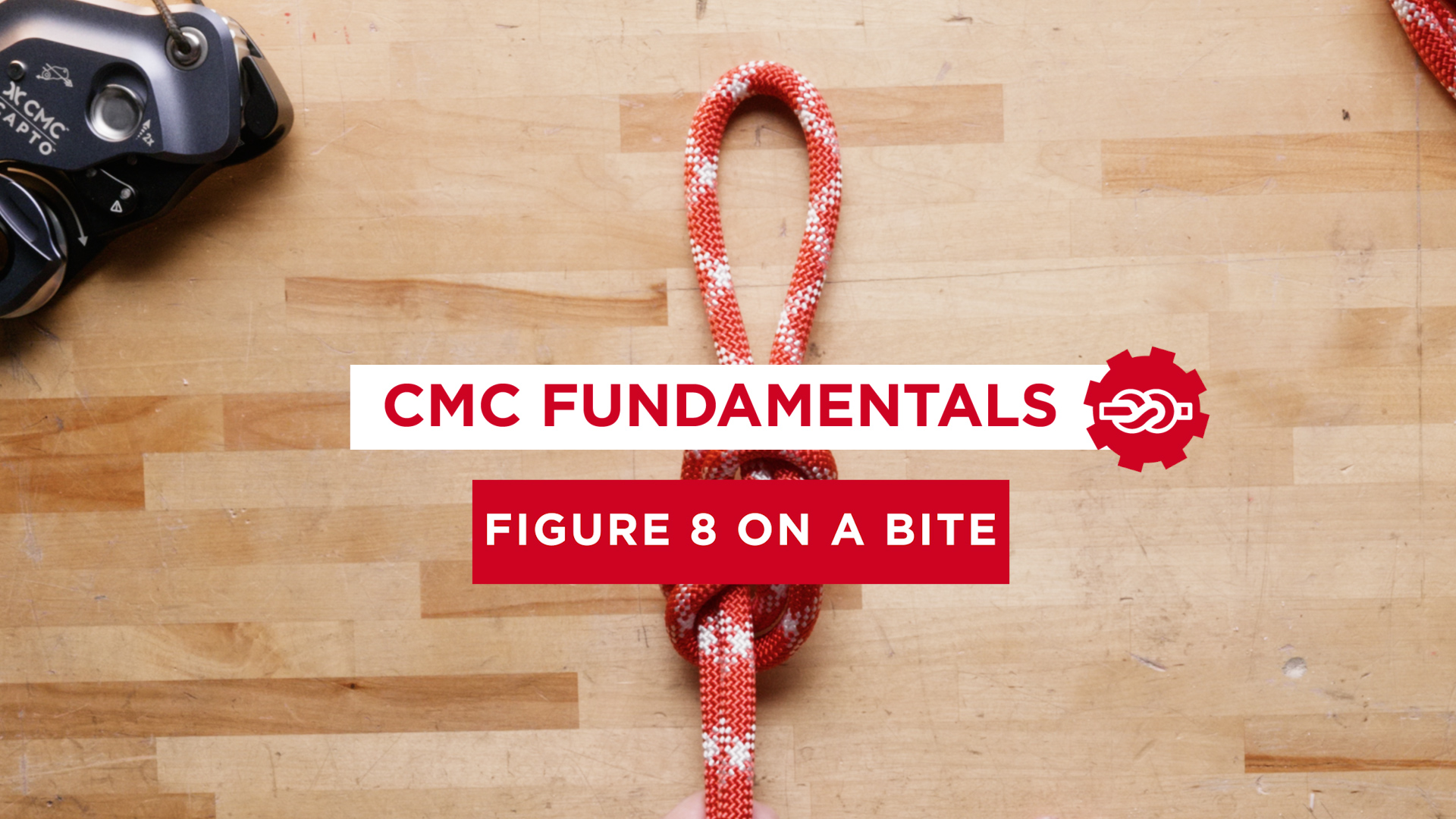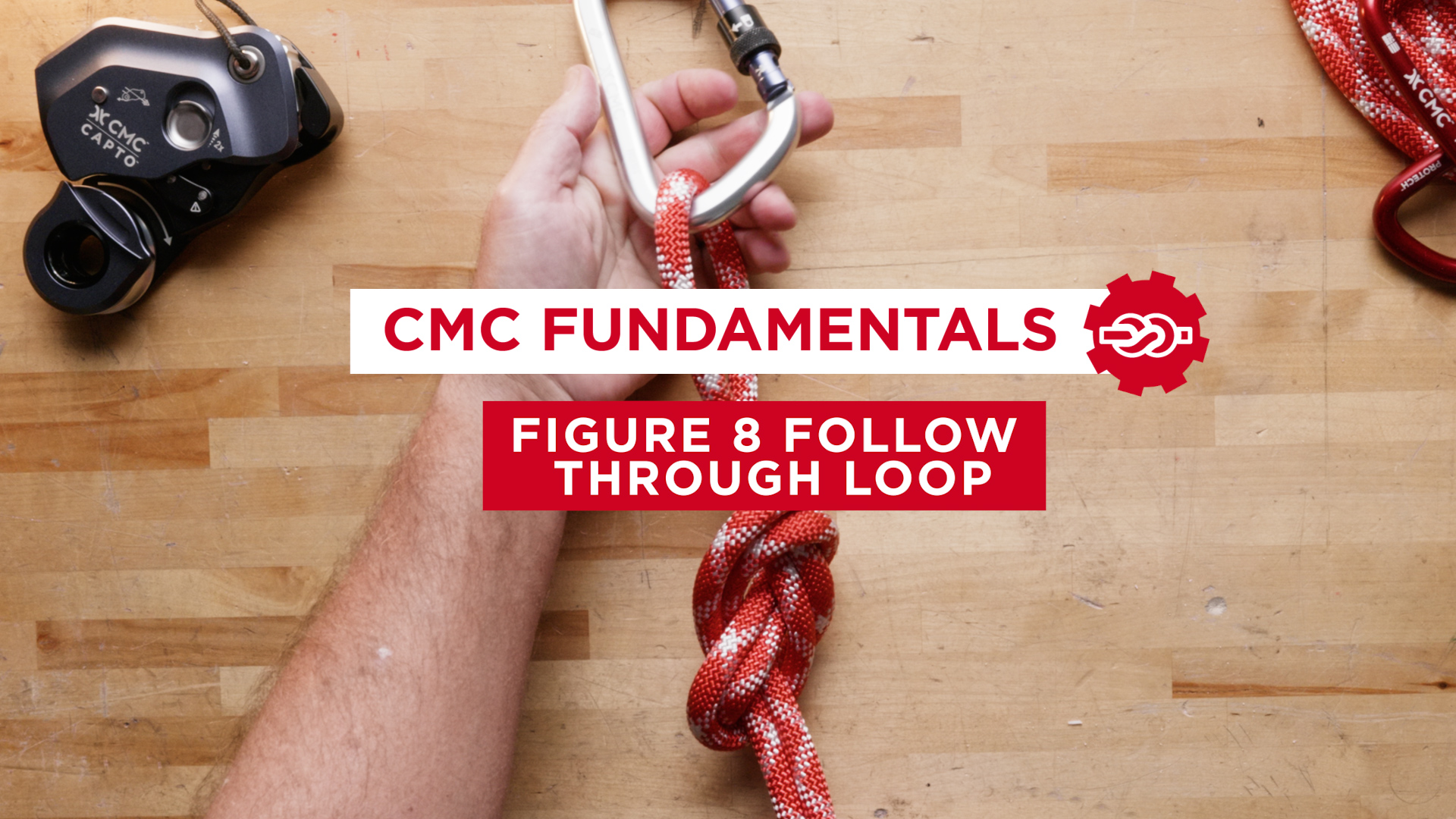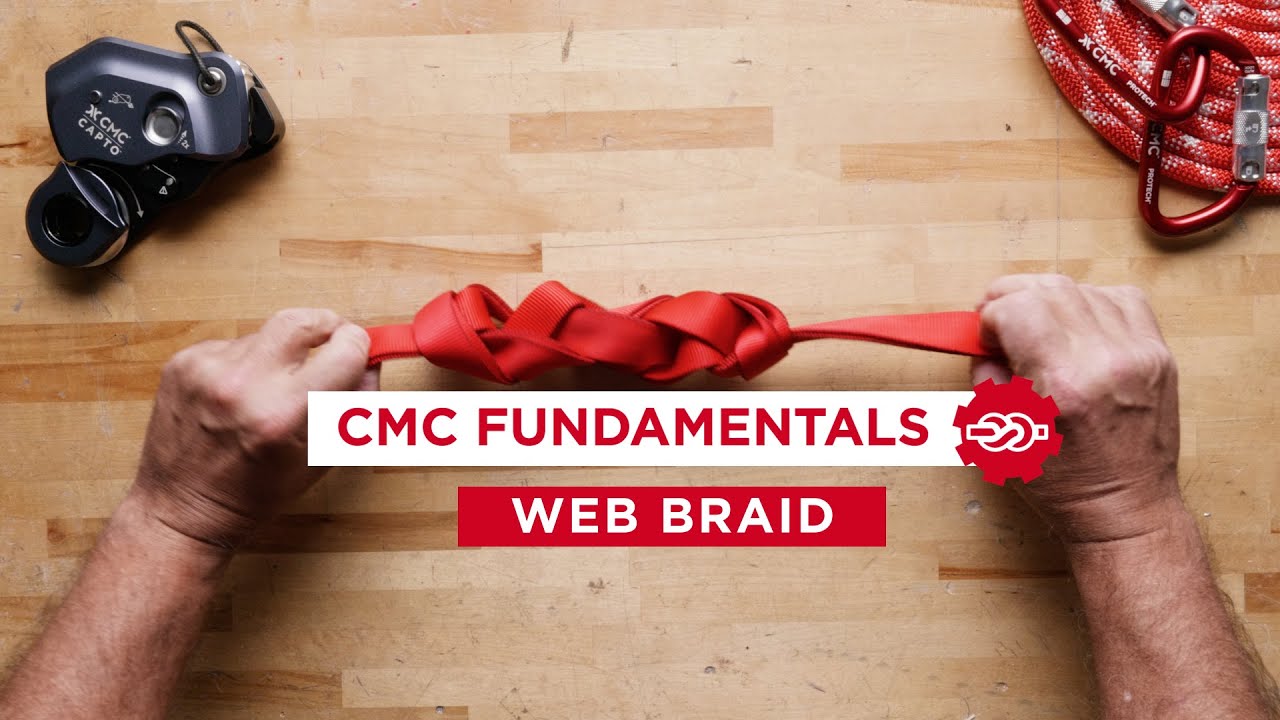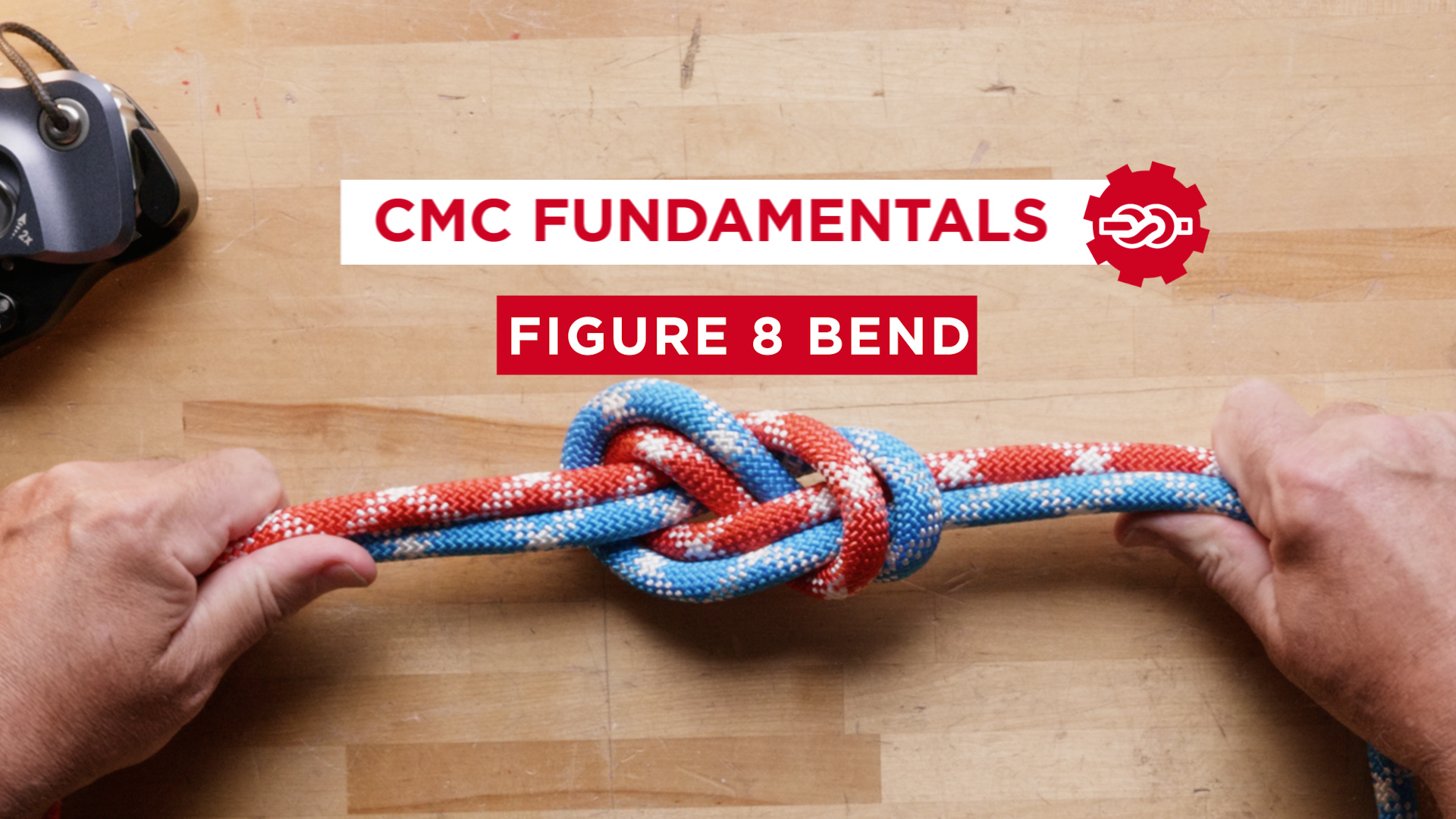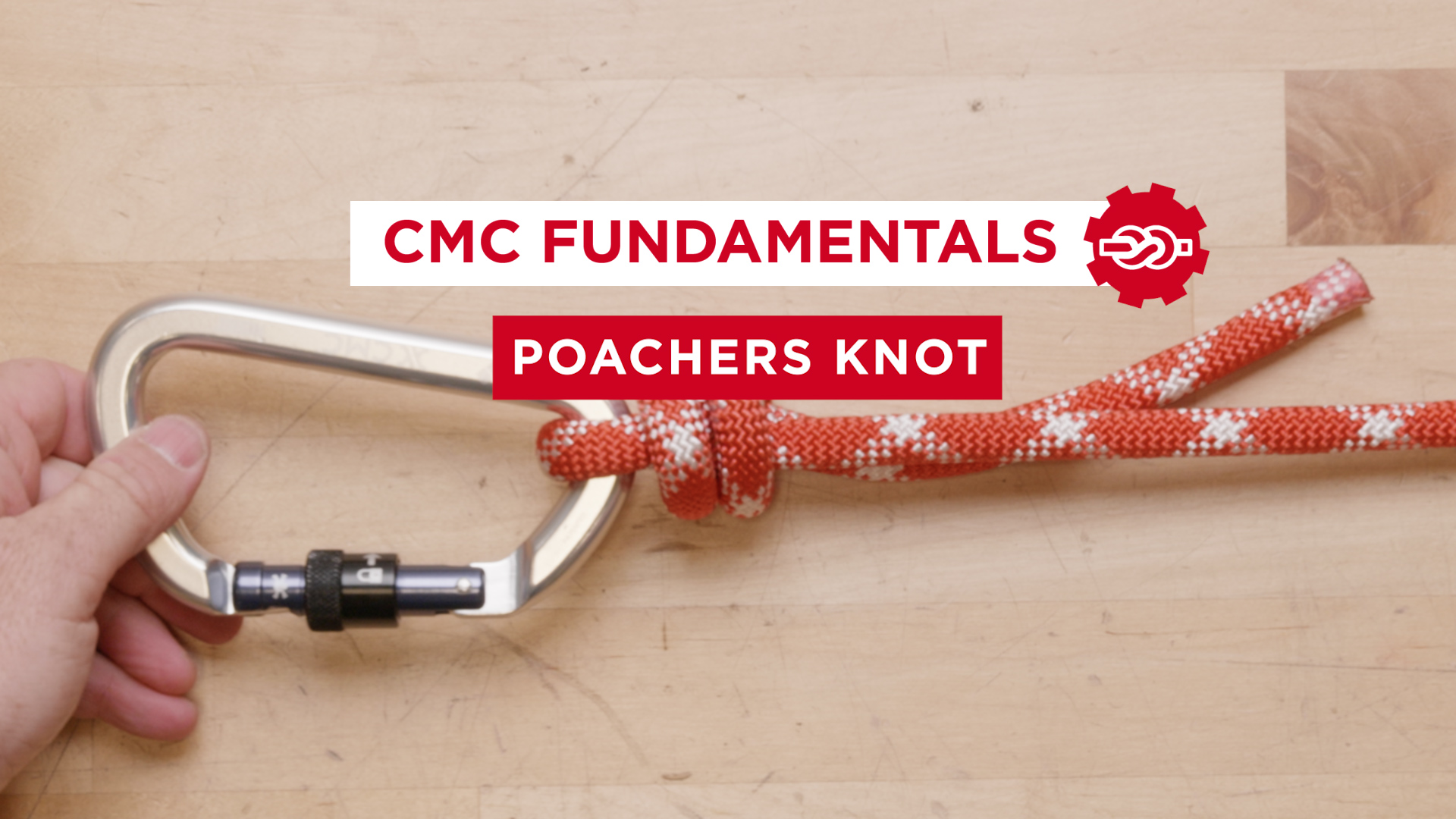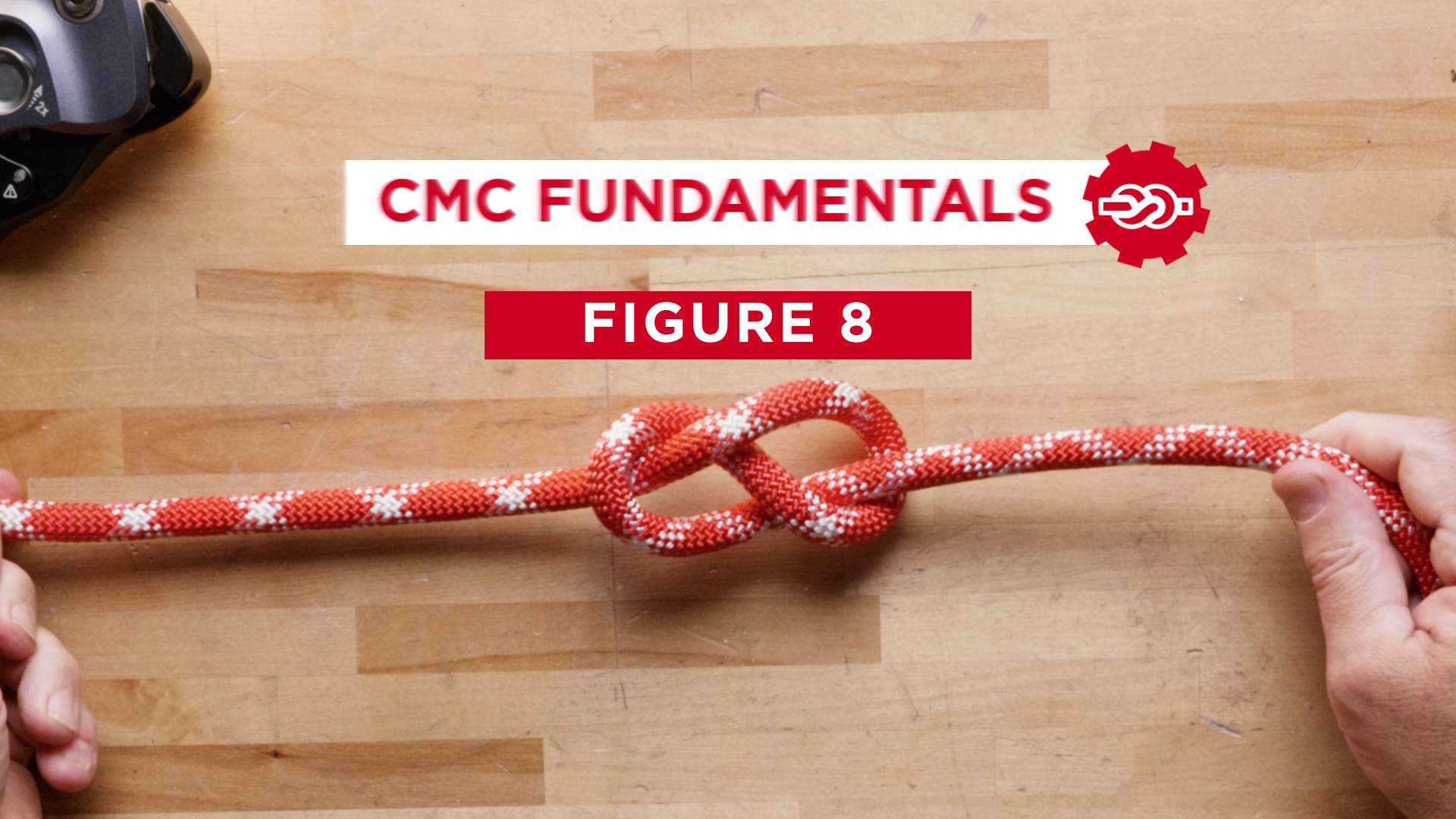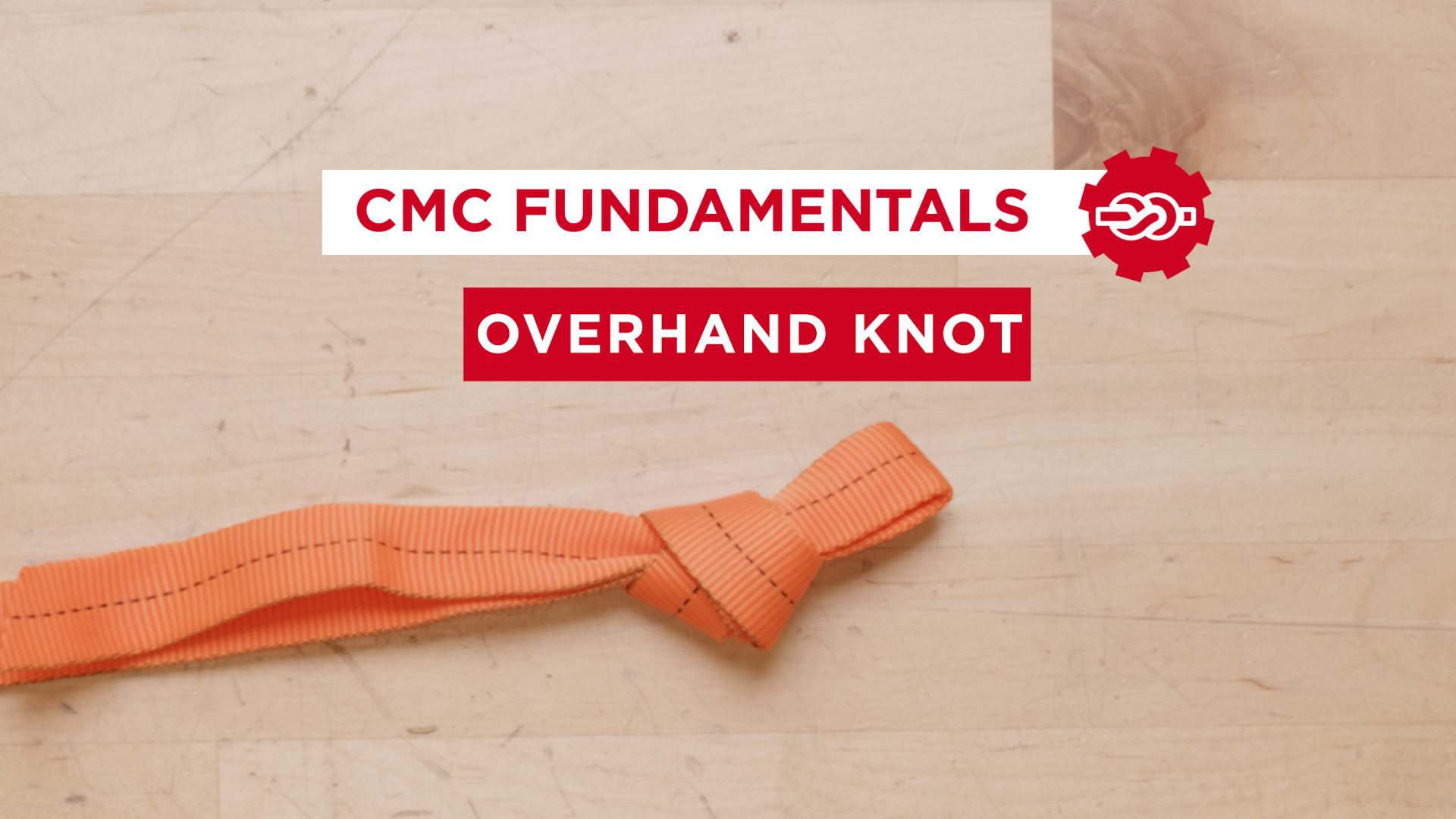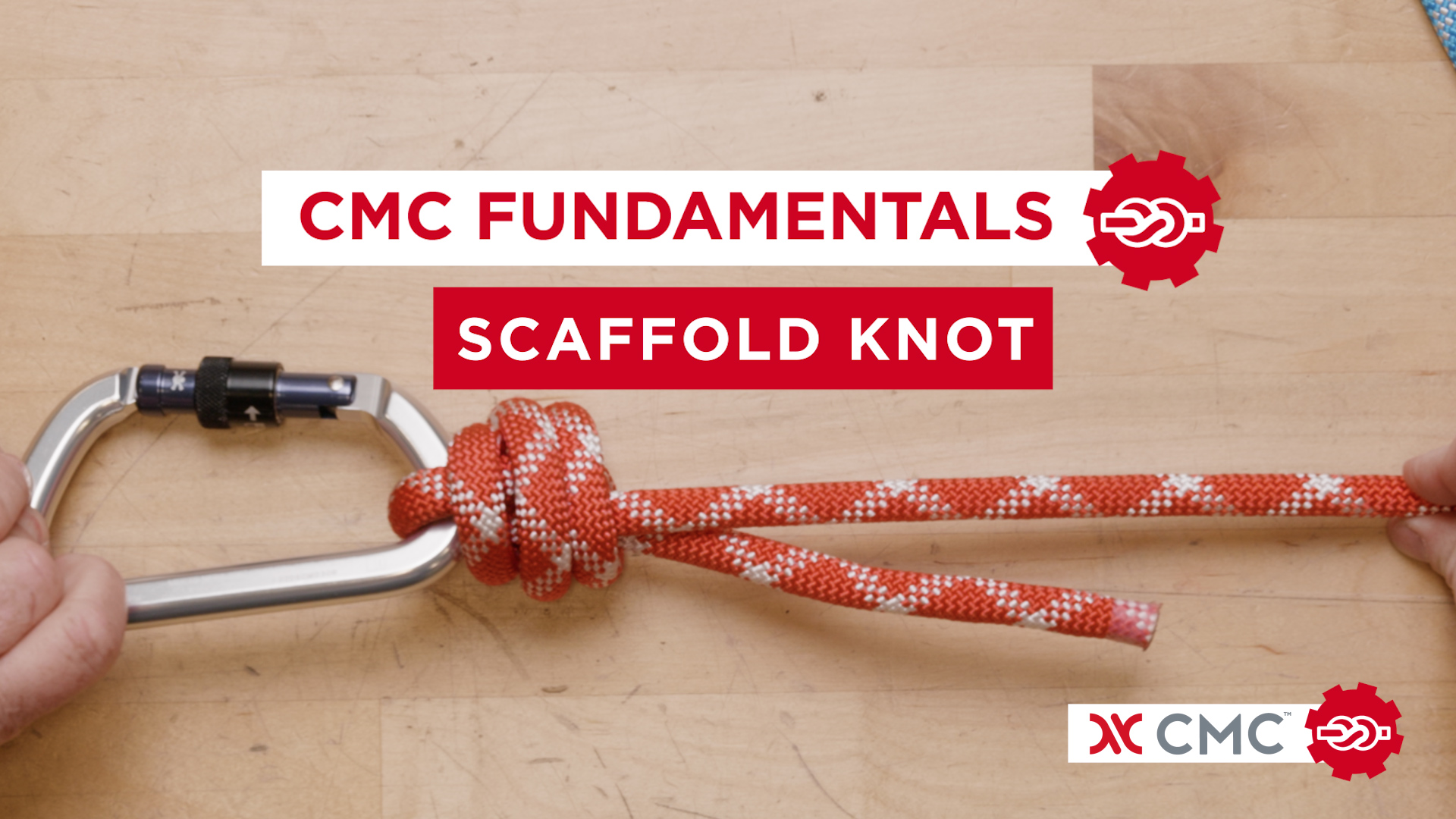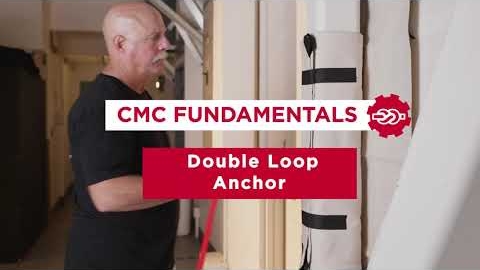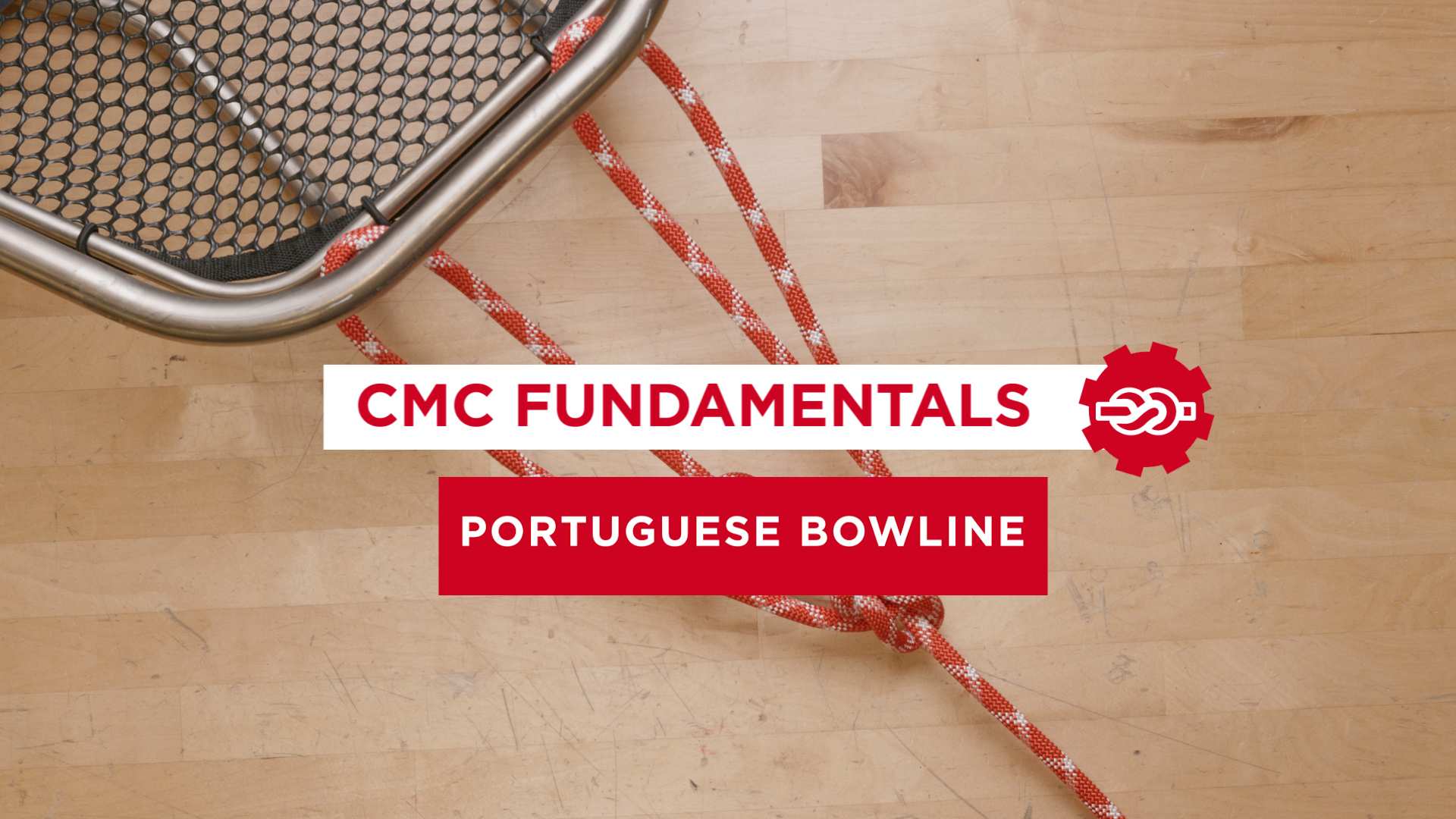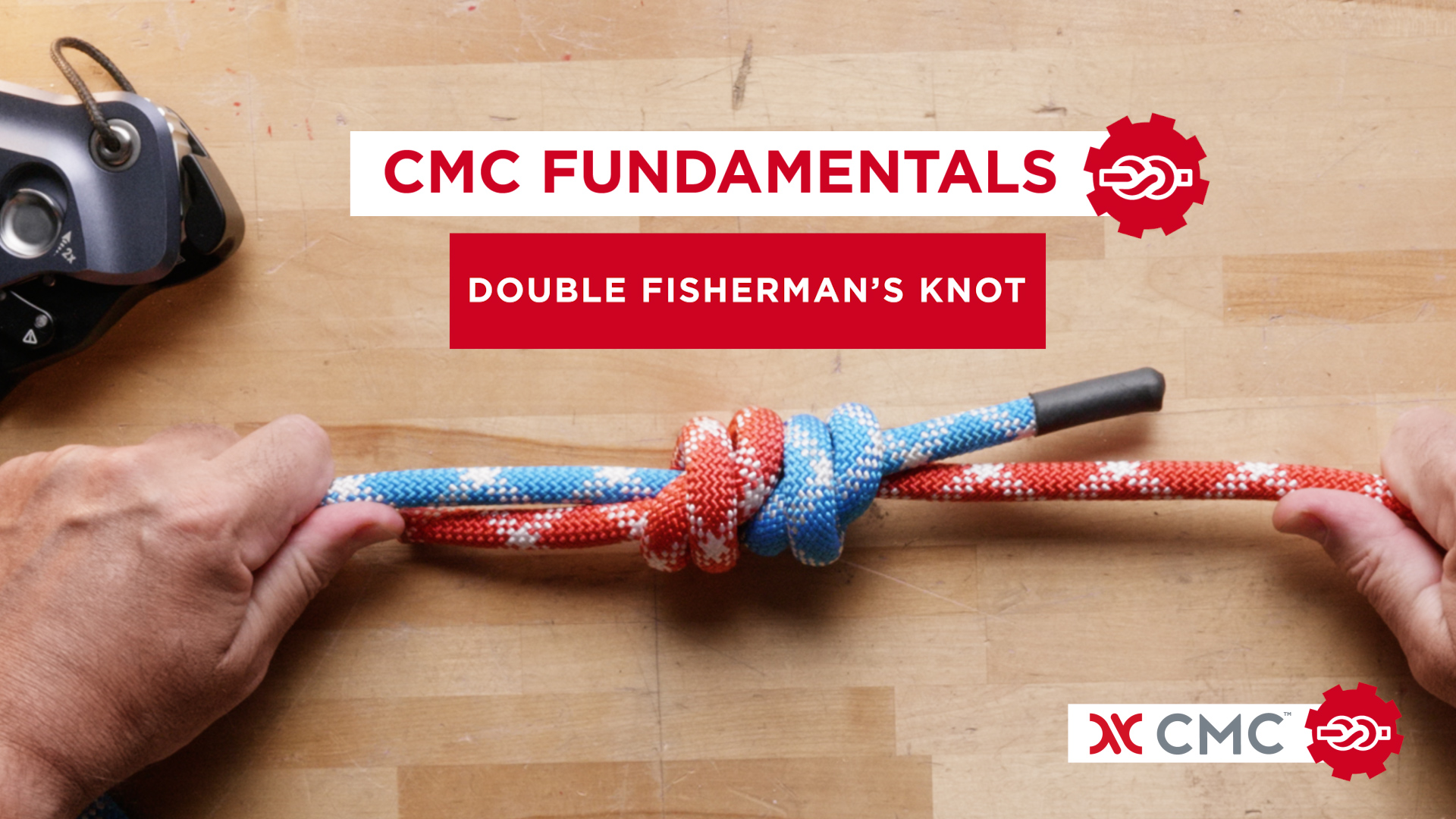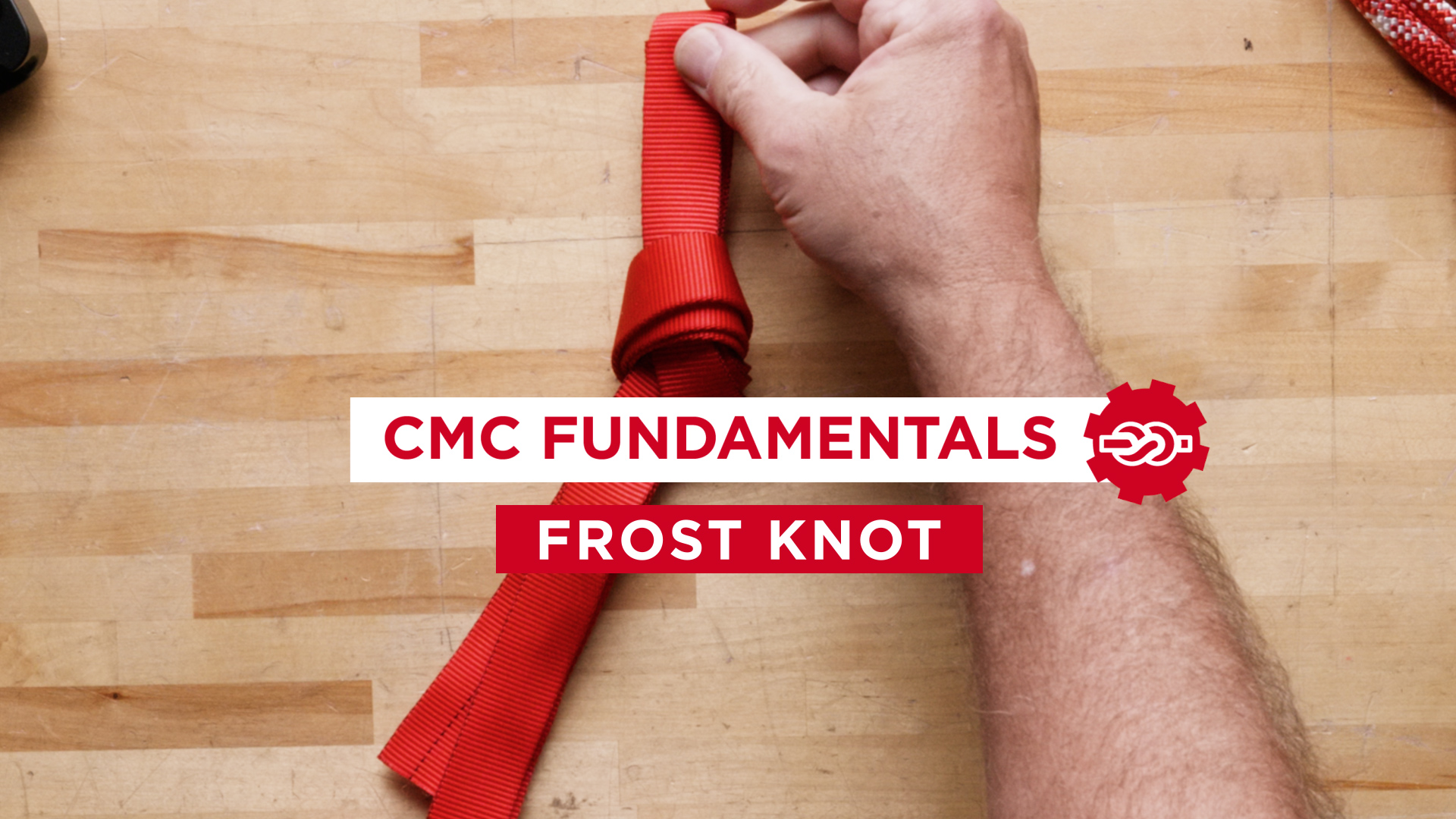
CMC Podcast 8 - Myths in Rope Rescue (Part II of III)
Contributors in this Episode
Summary:
Myths in rope rescue often start from a truth and evolve into misinformation over time. In this episode hosted by Doug McElmury, CMC School instructors continue the discussion around some common myths that are prevalent in rope rescue including: Does NFPA require the use of steel carabiners? If you drop aluminum hardware will it develop microscopic cracks? Do you have to use G rated gear? Can you use T rated gear on a rescue? Does your belay line need to be hooked up to your dorsal connection? Does NFPA require a 15:1 safety factor?
Topics Discussed:
0:50 Myth 1: NFPA requires steel carabiners for use.
4:15 Myth 2: If you drop aluminum hardware it will develop microscopic cracks.
10:13 What do we do about the fire departments that say we have to use steel carabiners? How do we educate them that there’s other ways to go?
15:57 Myth 3: We have to use G rated gear.
18:22 Myth 4: Your belay line has to be hooked up to your dorsal connection on your class III harness.
24:50 What do you tell people that are under the impression you have to wear a class III harness for rope rescue?
29:22 Myth 5: You can’t use T rated gear on a rescue.
30:18 Myth 6: It’s got to be a 15:1 safety factor, NFPA says so.
31:50 In NFPA 1983 now, what is a G rating for a descent control device?
47:00 Is there a difference between NFPA and non-NFPA gear?
Links:
NFPA 1983 Standards: https://nfpa.org/codes-and-standards/all-codes-and-standards/list-of-codes-and-standards/detail?code=1983
20:05 Chiclets: https://en.wikipedia.org/wiki/Chiclets
Join the Conversation
We appreciate listener feedback. Please let us know if you have any questions or topics you’d like covered in future episodes of the CMC Podcast. You can also email us at podcast@cmcpro.com
Important Warning
- Many of the activities discussed in this podcast pose a very substantial risk of serious injury or death.
- Products and techniques discussed in this podcast are intended for use by specially trained professionals.
- Technical rescue, rappelling, climbing and the training involved are very hazardous activities. Each situation has its own unique conditions and must be evaluated by those present. Effective risk management comes from experience, proper training and good personal judgment.
- CMC is not liable for any damages arising from abuse or improper use of the techniques or equipment discussed in this podcast.
- Topics discussed are the ideas and opinions of each individual.
- Department protocol and regulations should always take precedent.

